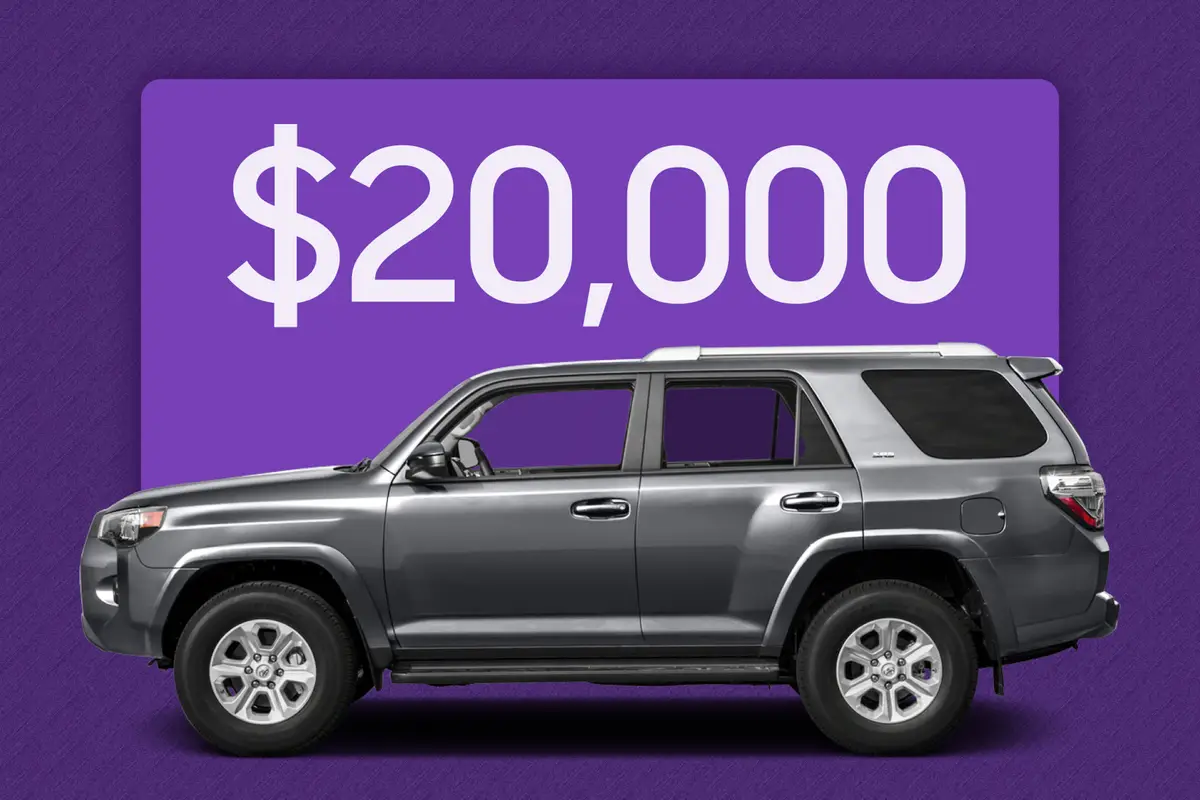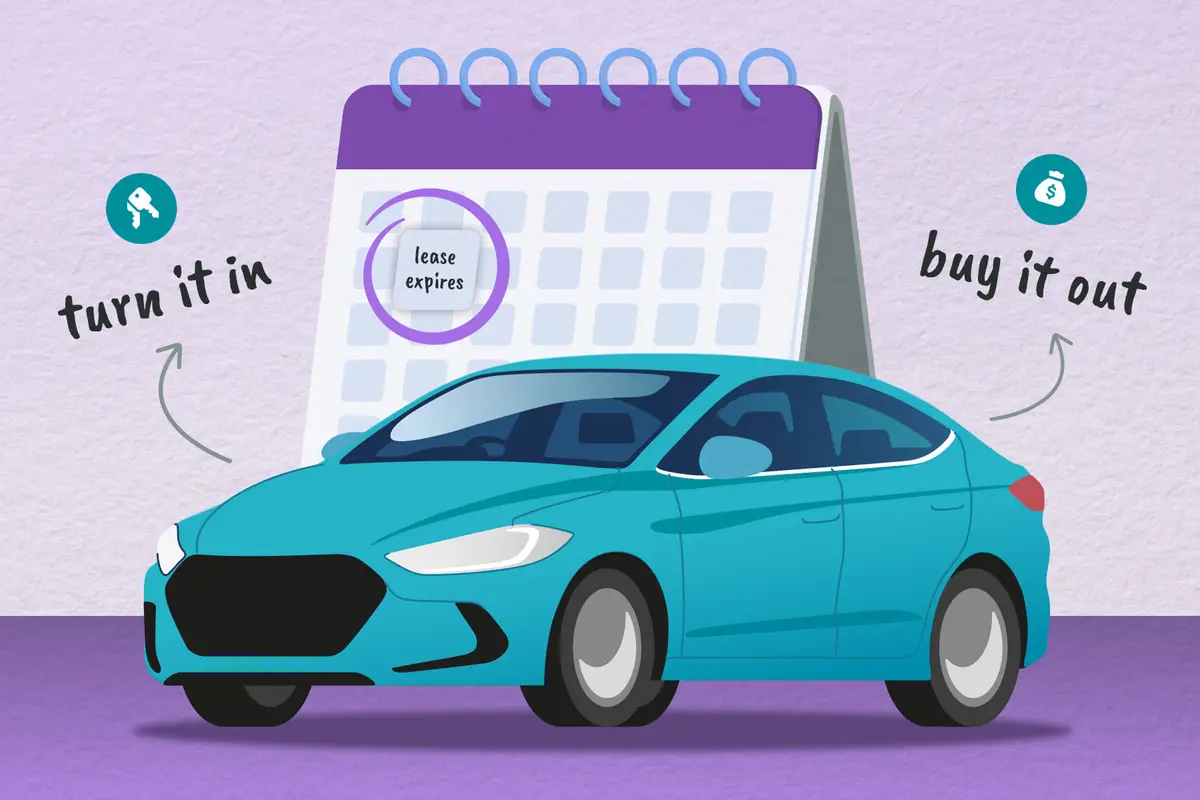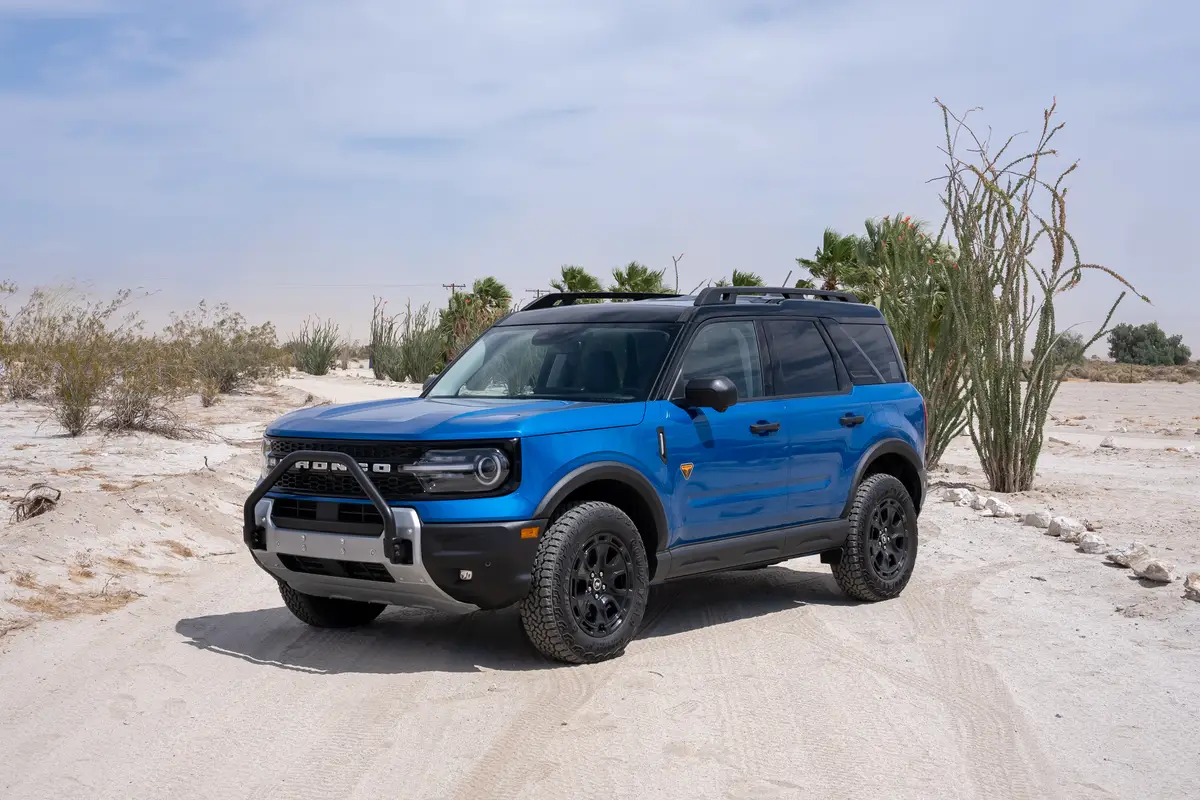Rampage! The Test at Davis Dam

Photography by Matt Avery
Road Test Review: 2013 Ram 1500 3.6-Liter V-6 Eight-Speed
When the all-new, high-tech 3.6-liter Pentastar V-6 was slated for the 2013 Ram 1500, many questioned whether the V-6 originally slated for cars, minivans, crossovers and SUVs would really work in a half-ton pickup truck.
We knew Ford had updated its base V-6 and was having great success with the 3.5-liter twin-turbo EcoBoost V-6, so we knew we had to do something special to test Ram Trucks' smallest and newest entry-level power plant. Thankfully, we had a great template for extreme engine and truck testing.
For those who might recall, we drove two identically equipped 2011 Ford F-150 FX2 trucks when the EcoBoost engine was new. We attached a trailer to one, pushing it to its gross combined weight rating limits, and ran the other one empty. We drove those trucks from Southern California to the infamous high-altitude Eisenhower Tunnel grade outside of Denver and did further testing at the famous Davis Dam grade outside Laughlin, Nev. All totaled, we put close to 2,400 miles on both Fords and came back with some great data and impressions. (For the full 2011 F-150 EcoBoost story, click here.)
For this test, however, given our timing of mid-February, driving and testing on Interstate 70 out of Dillon, Colo., without snow chains (on the truck and trailer) was out of question, so we took our two Ram 1500s on the California-Arizona-Nevada portion of the test. This effectively cut our loop in half, but still gave us a chance to test our two trucks on level and steep grade roads to see how the little engines performed.
The Players
Both our 2013 Rams were two-wheel drive, had SLT trim packages and four full-size doors, rode on a 140.5-inch wheelbase chassis and used the all-aluminum Pentastar V-6 and TorqueFlite 8 transmission. However, instead of ordering both trucks with 3.21:1 gears and sacrificing towing capacity, or ordering both with 3.55:1 gears and sacrificing best achievable fuel economy, we opted to order one with the more fuel-friendly gearing to be driven empty (it came in True Blue Pearl) and the other V-6 with the gears that gave us the best towing capacity.
Our "tow" Ram 1500 (in Deep Cherry Red) came equipped with the air suspension package for better load leveling and rear-end control, as well as the Uconnect navigation system (with backup camera), RamBox storage bed, a 32-gallon gas tank and pivoting towing mirrors, all of which we thought would help during trailering duty. We should note those differences did create a slight weight difference between the two when we weighed them on CAT Scales (just more than 200 pounds) as well as a pretty good price difference. The final price for our blue Ram came to $37,490 while our red Ram with the air suspension, a few other towing essentials and RamBox was $43,630.
To see the window stickers and all the specific options on each truck, for the blue Ram or to see the trailer-tugging red Ram.
Drive Route
Our route included diverse roadways with long stretches of freeway, quite a bit of city travel and cross-country two-lane highway cruising. We started our trip by taking the two Rams out of the Los Angeles basin and navigating through the Cajon Pass that cuts between the San Gabriel and San Bernardino mountain ranges at L.A.'s northern border.
The 10-mile climb with L.A. at our back topped out at 4,000 feet but then had us driving the relatively flat Mojave Freeway on our way to Barstow, Calif. Once in Barstow, we made a quick stop at a Pilot CAT Scale to get our Rams and trailer weighed (we wanted to make sure we did not exceed our maximum gross vehicle weight rating), and then we were back on Interstate 15 to Las Vegas.
The total weight of our red Ram and trailer was 10,860 pounds; the factory gross combined weight rating for the V-6 Ram 1500 (when equipped with 3.55:1 gears) is 11,200 pounds. Yes, we know that's just a little more than 300 pounds of payload but we travel light. (Thankfully, our test truck was not loaded to maximum GVW because if we had hooked up our horse trailer to the truck at that point, we would have been 1,100 pounds over our maximum GCW rating.)
By the time we got fuel in Henderson, Nev., our red Ram was just below a quarter tank (with its 32-gallon capacity) and our blue Ram was still registering well above half a tank (with its standard 26-gallon capacity).
Our drive route started in Los Angeles (A) then headed east and north over a small mountain range to Barstow, Calif., (B) running up the Baker Grade (C), finally making it to Henderson, Nev., (D) for fuel. After quick stops in Boulder City, Nev., (E) and Kingman, Ariz., (F), we did our testing at Nevada's Davis Dam (G) and outside Ludlow, Calif. (H), finishing our route in Norco, Calif., (I) to drop off the weighted horse trailer. Not shown on this map are the extra miles north and south driven on Highway 95 for additional fuel economy testing.
The rest of our route took us past the Hoover Dam to Kingman, Ariz., and then headed to Laughlin, Nev., down Highway 68 past Davis Dam. Much of our time testing was spent on the Davis Dam hill climb on the Bullhead City, Ariz., side of the Colorado River. With our tests complete, we ran up and down Highway 95 to collect more mileage. We also spent time outside Ludlow, Calif., to conduct some level-ground testing before we finally completed our loop, heading back to Los Angeles.
As for our horse trailer, we went to our friends at All American Trailers Inc. in Norco, Calif. This smaller double-axle two-horse trailer was much shorter and only included 25 100-pound stall mats in the trailer, bringing the weight to 5,500 pounds, compared to the 9,000-pound trailer the Ford F-150 FX2 pulled.
We used a conventional 2 5/16-inch ball hitch without much drop and a standard seven-pin plug. Although we didn't measure the exact tongue weight, we're guessing it was a little on the high side. We found the load-leveling air bags wanting to give the trailer a small amount of front tilt to keep the truck riding level, but in doing so the front tires at times felt a little light. It would have been nice to have some kind of manual adjustment for the rear air bags to drop that rear end just a bit.
On the Road
While driving, most of our speeds were set by the Ram and trailer, usually running between 65 and 68 mph. We let the truck communicate to us what speed felt right. Given that we had a rather large slab-sided trailer behind us — with tendencies to push us around in crosswinds and when we passed semitrucks — we never felt the need to push to or past 70 mph. Thankfully, most of our weight was flat on the floor of the trailer, so stability was never an issue. We ran the whole tow test with the Tow/Haul setting engaged, which meant resetting the button each time we started the rig. We ran the blue Ram normally.
Both trucks were filled with 87-octane fuel, per the owner's manual. While behind the wheel of either truck, we liked the fact that both SLT-trimmed trucks gave us a good amount of engine information: transmission, crankcase and radiator temps as well as exact tire pressures and engine hours.
Because our red Ram tow truck had the Luxury preferred package (denoted as 22G on the sticker), we also got the 7-inch display screen that sits between the tachometer and speedometer in the gauge cluster. Included in this setup is a dedicated trailer/towing information screen that lets you keep track of how many miles you've been towing your trailer and exactly (in real time) how much brake pressure you are using through the integrated brake controller. We found this especially important when monitoring our speed on steeper downhill sections.
Testing Event — Davis Dam
In order to test the two Ram 1500 V-6 engines to their fullest, we knew we had to take them to one of the longest and steepest, in fact, one of the most notorious hill climbs around: Davis Dam. This is the hill that the Society of Automotive Engineers' J2807 towing standards call out specifically. The section we chose averages between a 5 and 6 percent grade and allowed us to get a relatively straight and unobstructed run for more than a half mile.
We first tested the red Ram with the horse trailer and got our best time to 60 mph with 31.9 seconds. That doesn't sound impressive, but it's worth noting that almost half of that time was spent getting from 50 to 60. In fact, the zero-to-50 time for the Ram and 5,500-pound trailer was 17.7 seconds. We're guessing the eight-speed makes a shift either from 3rd to 4th, or 4th to 5th, right around 50 mph and drops quite a bit of the engine rpm.
In our quarter-mile timing on Davis Dam, the red Ram got its best time of 24.35 seconds at 55.5 mph, just a touch quicker (but slower) than the 2011 Ford F-150 EcoBoost we tested (pulling that 9,000-pound trailer) on the same section of road. The Ford managed a best time of 24.56 seconds at 58.47 mph.
Quarter-Mile Towing Perfomance
Red Ram & Trailer — 24.35 sec. @ 55.47 mph — Davis Dam
F-150 EcoBoost & Trailer — 24.56 sec. @ 58.47 mph — Davis Dam
Red Ram & Trailer — 21.11 sec. @ 66.47 mph — Level Ground
F-150 EcoBoost & Trailer — 21.02 sec. @ 67.21 mph — Level Ground
Our blue Ram (with the 3.21:1 gears) got to 60 mph on the same section of the Davis Dam run in 9.71 seconds and did the quarter mile in 17.57 seconds at 79.4 mph. And since we had the red Ram anyway, we thought we'd run the truck without its trailer to see how it compared — 3.55:1 versus 3.21:1 (remember, the red Ram weighed 220 pounds more). The red Ram got to 60 mph in 9.74 seconds and covered the quarter mile on the Davis Dam section in 17.50 seconds at 79.87 mph, practically right on top of the 3.21:1-geared blue Ram. For reference, both Rams are at least 1.5 seconds slower than the Ford EcoBoost on the same road.
We should identify that our test numbers are not meant to be compared with other "best-time" outlets. We were not at sea level, some of our testing was done on public roads, there was wind and we don't consider ourselves to be fast drivers; however, all these tests were performed in exactly the same way each time, and on exactly the same portions of road upon which we've tested in the past. For that reason, these new Ram V-6 numbers are comparable to each other and to the Ford FX2 testing we did earlier.
Testing Event — Level Ground
Our level-ground testing was done near Ludlow, and our Ram and trailer combination pulled a zero-to-60 time of 16.77 seconds. Here again, the red Ram and 5,500-pound trailer pulled only slightly slower than the Ford F-150 FX2 EcoBoost with the heavier trailer over the same course. In the quarter mile on level ground, our red Ram pulled its load across the finish line in 21.11 seconds at 66.5 mph, again right on top of the Ford numbers of 21.02 seconds at 67.21 mph.
In comparison, the unencumbered blue Ram ran a zero-to-60 time in 7.83 seconds and did the quarter mile in 16.09 seconds at 88.4 mph. We ran the red Ram through the same test a second time without the trailer (with slightly drier and windier conditions) and found it to be just a touch slower than the blue Ram, running 16.13 seconds at 87.2 mph in the quarter mile. Again, as you might expect, both Rams were more than a second slower than the untrailered and more powerful EcoBoost Ford F-150, which ran the quarter mile on the same road in 15.37 seconds at 93.32 mph.
Quarter-Mile Unloaded Performance
Blue Ram Empty — 17.57 sec. @ 79.35 mph — Davis Dam
F-150 EcoBoost Empty — 16.03 sec. @ 87.48 mph — Davis Dam
Blue Ram Empty — 16.09 sec. @ 8.39 mph — Level Ground
F-150 EcoBoost Empty — 15.37 sec. @ 93.32 mph — Level Ground
Other Issues
The most significant feature in our Ram testing had to be the invisibility and performance of the all-new ZF eight-speed transmission. With so many close-ratio choices now at the engine's disposal, whether towing or running completely unloaded, the transmission feels more like a continuously variable transmission than a hard-hitting, shift-clunking automatic. When towing (and in Tow/Haul mode), we found the transmission to be perfectly comfortable holding the right gear long enough on steep hill climbs to deliver all the power we needed.
That said, it did take us some time to get comfortable with the engine buzzing in the 4,000-to-6,000 rpm range when climbing a steady, long grade. And no matter what the gear-changing circumstances (up or down), we can't remember ever being in a full-size pickup truck that so smoothly moved from one gear to the next. The TorqueFlite 8 doesn't so much shift gears as it transitions from one rpm rev range to the next. Our only peeve with the setup was that we couldn't find a way to monitor what gear we were in without going to the manual shift thumb button (another feature we're nonplussed about). Even if you shift manually, it only tells you what gear you last selected — even if the computer determines you need a down- or upshift "right now." We do like the fact that when you do shift manually, you can set a gear "ceiling" that the transmission won't shift past.
As well as the new eight-speed did in performance testing and when highway cruising, we also think it's at least partly responsible for the fairly impressive fuel economy numbers we got during our test. Over the course of the entire trip, and including the sections where we did our "best number" testing, the average fuel economy for our blue Ram was 22.7 mpg. If you remove our truck testing at Davis Dam and level ground, the average is well above 23 mpg overall. During certain stretches of highway in the high deserts on the way to Las Vegas we were actually closer to 26 mpg.
Our trailering red Ram averaged a decent 10.7 mpg (all pieces of the drive and tests included), with a best fuel economy reading over 300 miles of 11.6 mpg. Likewise, if you removed the section of our test where we collected the Davis Dam and level track performance numbers, the real average mpg would likely be right in between those two.
One feature we appreciated in both trucks but that seemed especially aimed at helping us with our mileage performance was the small, green "Eco" light that comes on when you are driving efficiently or when the computer senses your vehicle is being efficient. After a time, we found ourselves trying to modify our normal driving habits to keep the light on as much as possible. And having our Tow/Haul button on the whole time did not seem to deter the Eco light from promoting better driving habits one bit. Although we have no way of knowing, we're guessing that little piece of motivation could have translated to as much as one additional mpg on our 1,400-mile tow test. Of course the same light worked in our empty blue Ram 1500, but the fact that we were running it at the same speeds as our fully loaded red Ram meant it was getting some good mileage numbers anyway. Still, we like the effort by Ram Trucks here.
What is not noted on this average fuel economy (calculated at each fillup) mileage chart is that our Davis Dam testing was done near mile 400 and our level ground testing was done near mile 650. The dips in the mpg readouts for both Rams are a direct result of the wide-open-throttle runs. If those two testing sections were removed, average mpg gets better by one-half mpg.
We took our red Ram to the guys at K&N Engineering for a dyno run to see how strong the 24-valve DOHC 3.6-liter V-6 performed at the rear wheels. After a few experimental runs, and although the 6th gear offers a 1.00:1 gear ratio (traditionally the best gear for dyno pulls), we found our best numbers in 3rd gear, where the all-aluminum engine produced 257 horsepower at 6,500 rpm and 220 pounds-feet of torque at 5,900 rpm. As you can see, this engine likes to rev, but when it does, it doesn't seem to use too much fuel even when pulling close to its maximum gross combined weight rating.
The Verdict
The new Pentastar V-6 for the Ram 1500, regardless of what other Chrysler cars have it under the hood, looks to be a pretty good entry-level engine for the half-ton truck. Throttle response is especially quick when empty but even when under a heavy load, the torque is managed so well that it's likely to make some drivers think that they're driving a small V-8 rather than a base engine option. We attribute much of that feeling to the quick and smart TorqueFlite 8 transmission and its tight gearing.
With the eight-speed's deep 4.71:1 1st gear (considered in the old days to be a granny low gear) and two overdrive gears (0.86:1 and 0.67:1), even a fairly short rear axle gear doesn't feel the slightest bit hesitant off the line or unresponsive when passing during highway cruising. We found the downshifts to be quick and solid, with more smoothness than we've seen in any other entry-level truck transmission; still, we would have felt better if we could have seen what gears we were in.
Additionally, we liked every one of the optional towing features on our red Ram and — from our point of view — they were worth every cent of the $6,000 difference between the two pickups.
We have yet to see any fuel economy numbers or get any seat time in the Ram's Hemi/eight-speed combination (actually a heavier-duty ZF transmission), but if the results are anything like we've seen in this test, the addition of more gears and a smarter computer controller could unleash even more potential out of that stronger V-8 option. In fact, it even gets us thinking that if Ram can make a stronger TorqueFlite 8 transmission for the Hemi, maybe there's hope that all the Ram heavy-duty trucks could get more gears sometime soon as well.
For now, especially with the announcement of the 3.0-liter V-6 turbodiesel coming next year (which could make the Ram 1500 the first half-ton to grab the 30-mpg brass ring), Ram is looking good with its three-level engine-option strategy. How other truckmakers respond will be fun to watch.
Special thanks to K&N Engineering, American Horse Trailers and Racelogic.


Former PickupTrucks.com Editor Mark Williams lives in Southern California with his wife and enjoys camping, hiking, skiing, big trucks and towing, and backcountry 4x4 driving.
Featured stories




